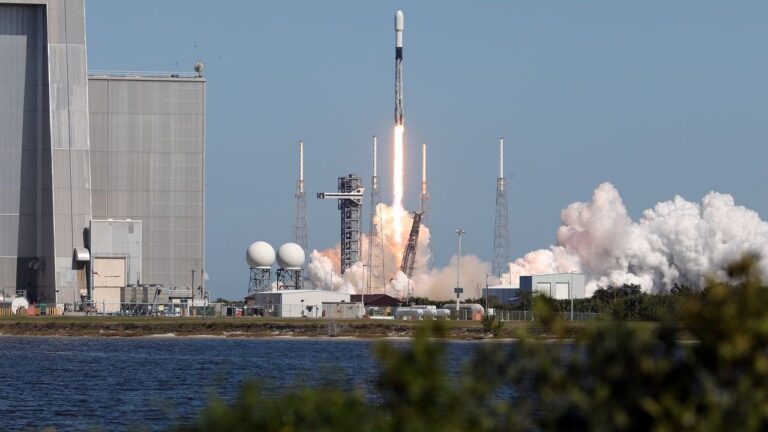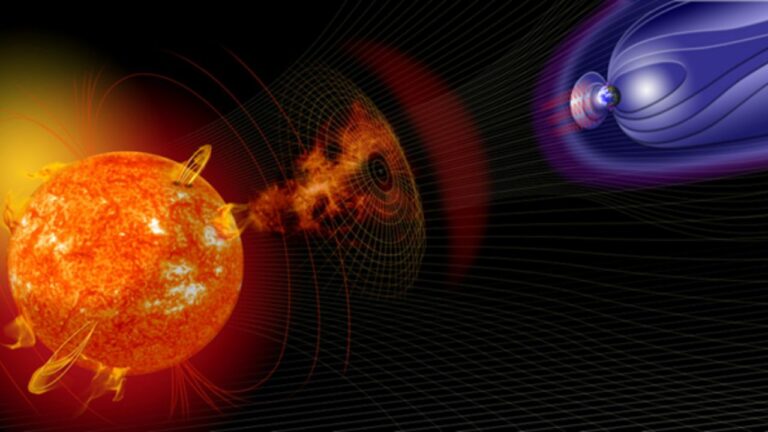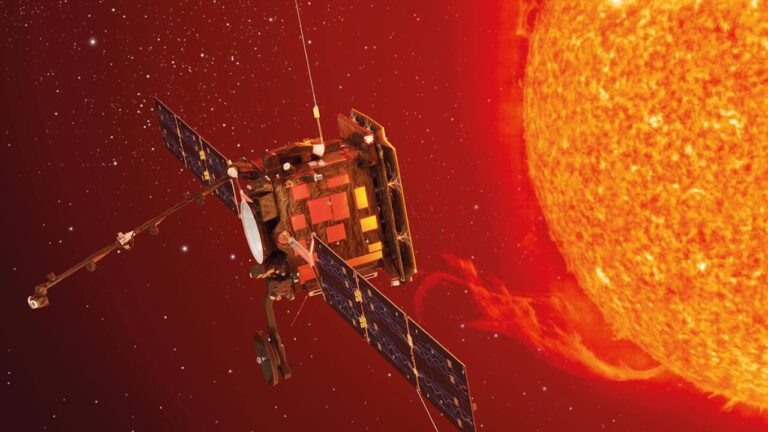
At SmallSat Europe 2025, Italian aerospace firm SITAEL officially launched Empyreum, its next-generation small satellite platform poised to reshape the future of European space capabilities. Showcased in Amsterdam, the modular satellite system represents a strategic step in boosting Europe’s independence in space technology, with deep roots in Italian innovation.
In an exclusive conversation, Chiara Pertosa, CEO of SITAEL and a second-generation leader of Angel Holding, detailed the technological breakthroughs of the Empyreum platform and the company’s broader mission to scale space production from Italy to the global market.
A Platform Built for Tomorrow’s Space Missions
Empyreum has been engineered with flexibility, performance, and scalability in mind. Tailored for a range of applications — including Earth Observation (EO), Space Situational Awareness (SSA), and Telecommunications — the platform features a modular architecture and plug-and-play subsystems that significantly reduce both assembly time and cost.
Central to Empyreum’s performance is Spark, SITAEL’s proprietary electric propulsion system. Designed and built entirely in-house, Spark enables precise maneuvering in Very Low Earth Orbit (VLEO) and is optimized for high delta-V missions. The integrated system includes all key components — thruster, power processing unit (PPU), tank, and control electronics — in a compact, flight-qualified unit.
“The name Empyreum comes from the Greek ‘empyros,’ meaning fiery. In ancient cosmology, it referred to the highest, most divine realm of the heavens,” explained Pertosa. “We wanted the name to reflect the ambition and purity of purpose that defines this project.”
Designed for Scalability and Constellations
With its articulated solar arrays offering up to 3 kW peak power — even on inclined orbits — Empyreum can support demanding payloads and extended mission durations. It also comes constellation-ready, equipped with pre-integrated optical inter-satellite links for real-time communication between satellites, a key feature for distributed architectures.
“The real advantage,” Pertosa emphasized, “is that Empyreum is not a one-off. It’s built for series production.”
That capability is supported by Space Factory 4.0, SITAEL’s newly inaugurated digital manufacturing facility near its headquarters in Mola di Bari. The facility, partially funded through Italy’s National Recovery and Resilience Plan (PNRR) and the IRIDE constellation project led by the Italian Space Agency (ASI), is a pivotal asset in Italy’s post-pandemic industrial rejuvenation.
Spark: A Standalone Solution for Europe
As the demand for European-made propulsion systems grows, Spark is being made available as a standalone product for third-party satellite manufacturers. SITAEL is also opening a new electric propulsion production facility in Pisa, which will double Spark’s manufacturing output.
“We’re enabling European space autonomy,” said Pertosa. “No more dependence on non-European propulsion systems.”
SITAEL’s Vision in the Global Space Race
Looking ahead, SITAEL plans to broaden its satellite product family with new platforms of various sizes, optimized for different applications including Navigation, Telecommunications, and larger EO missions. Intelligence and autonomy are becoming core features of its spacecraft.
“Empyreum is designed to natively support AI-powered operations,” said Pertosa. “This includes autonomous health checks, intelligent scheduling, and onboard data processing — all essential for future missions.”
Backed by Angel Holding’s legacy in the railway and mechatronic sectors, SITAEL is combining industrial rigor with aerospace innovation to become a global player in the New Space economy.
“Our mission,” Pertosa concluded, “is to deliver high-performance, smart, and scalable satellite systems from Italy, built with European technology, ready for the world.”






